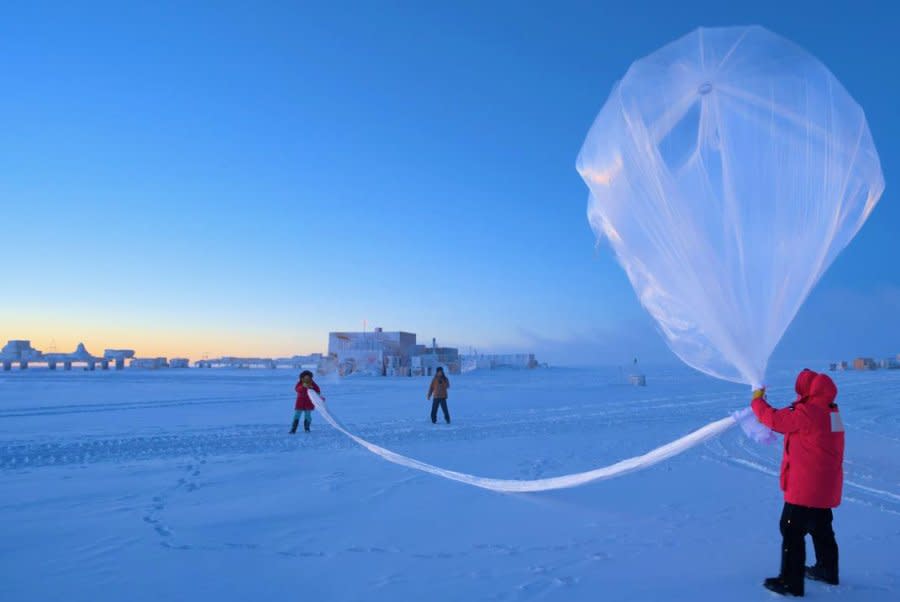Ozone hole reached 12th-largest single-day size in September despite improving overall

Nov. 1 (UPI) -- The hole in the ozone layer that surrounds the Earth's atmosphere reached the 12th-largest single-day size on record on Sept. 21, 2023, despite improving overall, according the National Oceanic and Atmospheric Administration.
"The 2023 Antarctic ozone hole reached its maximum size at 10 million square miles (26 million square kilometers) on September 21, which ranks as the 12th largest since 1979, according to annual satellite and balloon-based measurements made by the NOAA and NASA," the NOAA said in a press release Wednesday.
The Ozone layer plays an important role in blocking ultraviolet radiation from the Sun.
"The ozone layer acts like Earth's natural sunscreen, as this portion of the stratosphere shields our planet from the sun's harmful ultraviolet (UV) radiation," the NOAA said, "a thinning ozone layer means less protection from UV rays, which can cause sunburns, cataracts and skin cancer in humans."
In 1985, researchers published a paper in the scientific journal Nature detailing significant depletion of the ozone layer over Antarctica, which became known as the ozone hole.
Scientists quickly reached a consensus that chlorofluorocarbons, known colloquially as CFC's, a class of chemical compound that had been used in aerosol sprays, was a significant driving force behind ozone depletion.
In 1987, multiple nations signed the Montreal Protocol, which implemented a ban over time on the production of CFCs.
A 2016 research paper published in the journal Science suggests that the ozone layer has healed significantly since the Montreal Protocol came into effect.
In January, a U.N.-backed panel found that the ozone layer was healing and would take about 40 years to recover.
"The impact the Montreal Protocol has had on climate change mitigation cannot be overstressed," said Meg Seki, the executive secretary of the U.N. Environment Program's Ozone Secretariat.
NASA says that overall, ozone levels have improved.
"Declining levels of human-produced chlorine compounds, along with help from active Antarctic stratospheric weather slightly improved levels this year," said NASA ozone research team leader Paul Newman.
Researchers speculate that the January 2022 eruption of the Hunga Tonga-Hunga Ha'apai volcano contributed to the larger ozone hole detected in 2023.
According to Newman, "if Hunga Tonga hadn't gone off, the ozone hole would likely be smaller this year."

